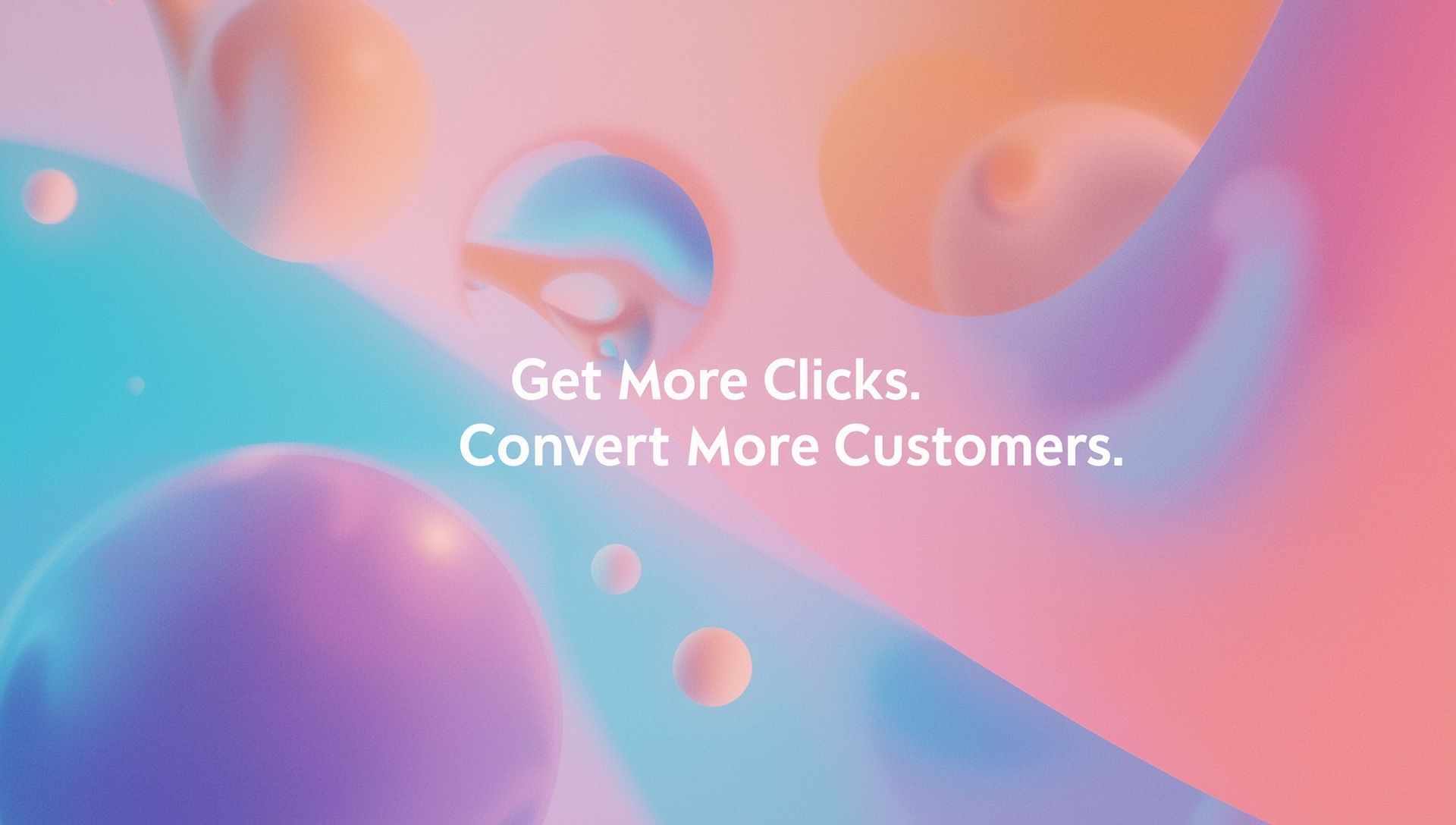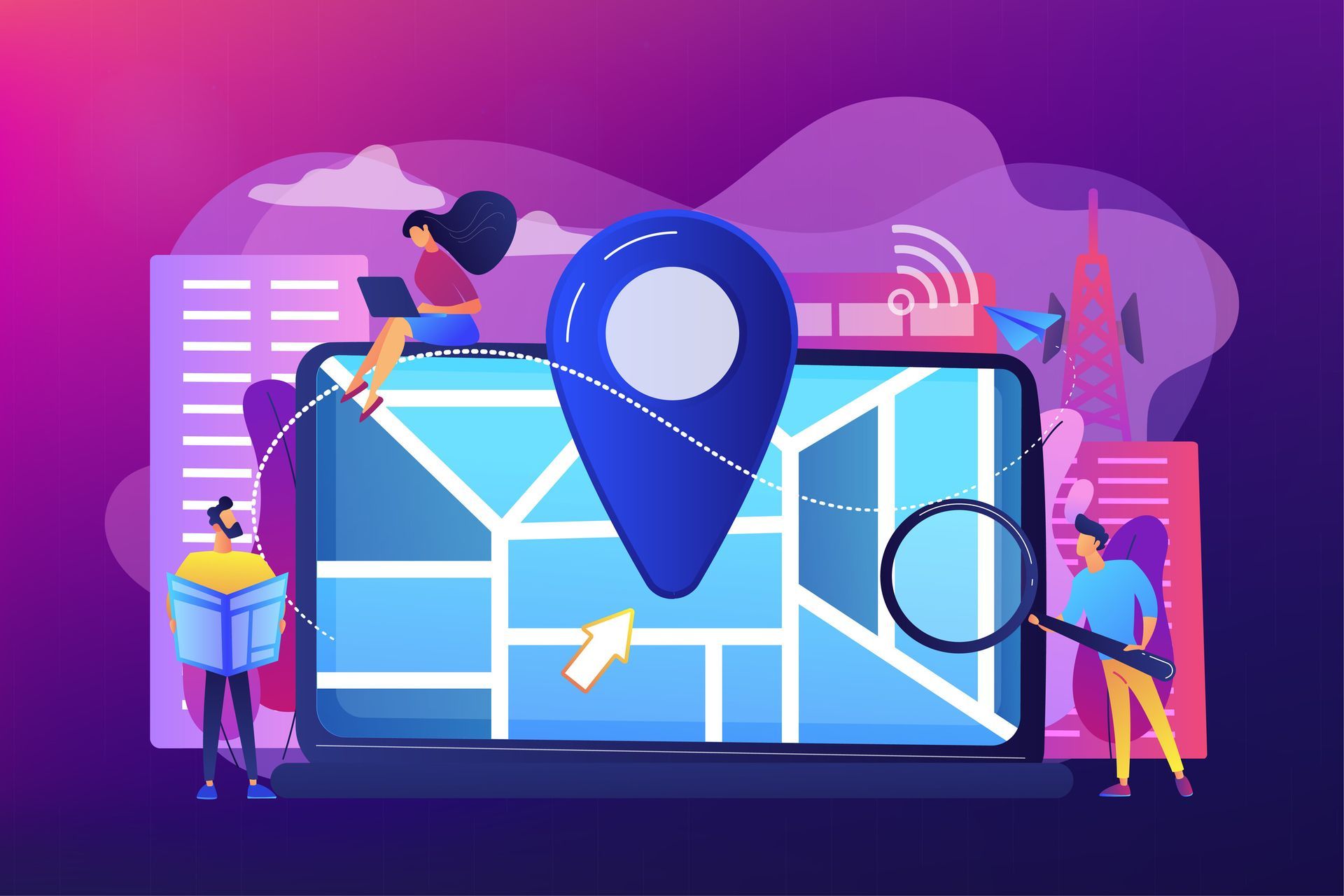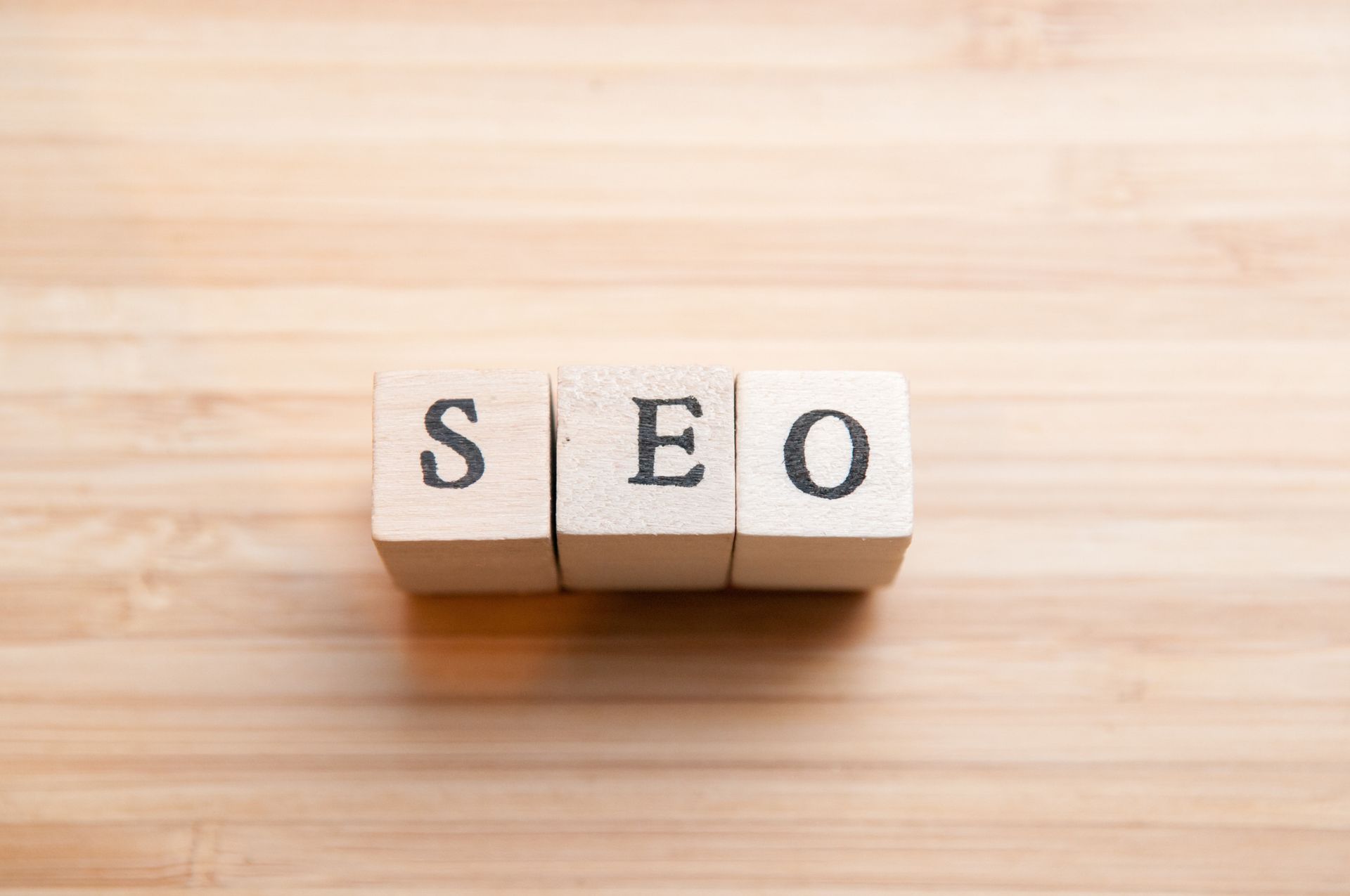10 Silent killers that affect your website speed
Common Hidden Problems That Drag Down Performance
When it comes to user experience, your website speed is a game-changer. A study by Google found that if a site takes more than 3 seconds to load, over half of mobile users leave immediately. Slow websites don’t just frustrate visitors; they also hurt your search rankings and conversions. The challenge is that many business owners don’t realize what’s slowing their site down. To help you avoid these pitfalls, let’s uncover 10 silent killers that could be damaging your website speed without you even noticing.
1. Large, Unoptimized Images
Visuals are important, but oversized images can take forever to load. Uploading high-resolution images without compressing them is one of the most common culprits. Tools like TinyPNG or built-in CMS features can reduce file size without compromising quality.
2. Too Many Plugins
Plugins can add useful features, but each one adds weight to your website. Excessive or poorly coded plugins can slow down performance and even cause conflicts. Regularly audit your plugins and keep only those that are essential.
3. Render-Blocking JavaScript
Scripts that run before the rest of your page loads can delay everything. If your JavaScript isn’t optimized or deferred, it will keep visitors waiting. Using asynchronous loading or placing scripts at the bottom of your pages can solve this issue.
4. Bloated Code
Messy code with unnecessary characters, spaces, or duplicated styles drags down speed. Minifying your HTML, CSS, and JavaScript helps streamline files. This reduces file size and improves load times without changing functionality.
5. Poor Hosting Provider
Even if your site is perfectly optimized, a low-quality hosting service can make it sluggish. Shared hosting often struggles with heavy traffic, while dedicated or cloud hosting offers better stability and faster response times.
6. Excessive Redirects
Redirects are sometimes necessary, but too many create a chain of requests that slow down loading. Each redirect adds extra time before the final page is displayed. Keeping redirects to a minimum ensures smoother navigation.
7. Not Using Browser Caching
If your site doesn’t use caching, repeat visitors have to reload everything from scratch. Browser caching stores elements like images and stylesheets locally, making return visits much faster. It’s a simple fix with a big impact.
8. Lack of Content Delivery Network (CDN)
Without a CDN, all visitors load your website from a single server location. This slows things down for users far from that server. A CDN distributes content across multiple servers worldwide, reducing latency and speeding up access.
9. Too Many Ads or Pop-Ups
Monetization is important, but too many ads, pop-ups, or third-party scripts can weigh down your site. These not only frustrate users but also increase page load times. A cleaner layout provides both speed and a better user experience.
10. Ignoring Mobile Optimization
Mobile devices now drive more than 60% of web traffic. A site that isn’t optimized for mobile tends to load more slowly and creates a poor user experience. Responsive design, lightweight code, and compressed media are key to mobile speed.
Why Website Speed Matters More Than Ever
Fast-loading websites aren’t just about convenience. Google uses page speed as a ranking factor, meaning slow sites often rank lower in search results. Research shows that a one-second delay in page load can cut conversions by 7%. For a business generating $100,000 monthly online, that could mean a $7,000 loss every month. Optimizing site speed isn’t just technical work—it’s a direct business advantage.
Key Takeaways
- Compress images before uploading
- Limit unnecessary plugins
- Optimize JavaScript and CSS
- Choose reliable hosting
- Minimize redirects and enable caching
- Use a CDN for global reach
- Reduce ads and optimize for mobile
A faster site keeps visitors engaged, improves rankings, and increases conversions. Each second you shave off your load time puts you ahead of competitors who overlook these silent killers.
Final Thoughts
Website speed is no longer optional—it’s a critical part of user experience and growth. By identifying and fixing these hidden performance blockers, you can create a site that’s not only fast but also more effective at driving results.
Want to see how speed and performance improvements can transform your business? Visit
GSD Profit Acceleration to explore strategies that help your website work smarter, not harder.









